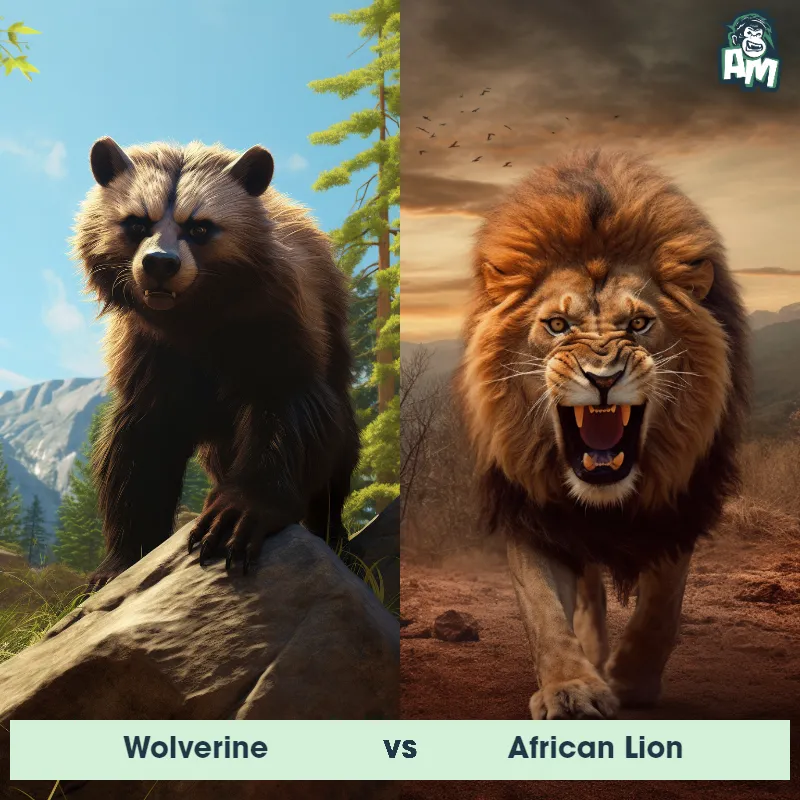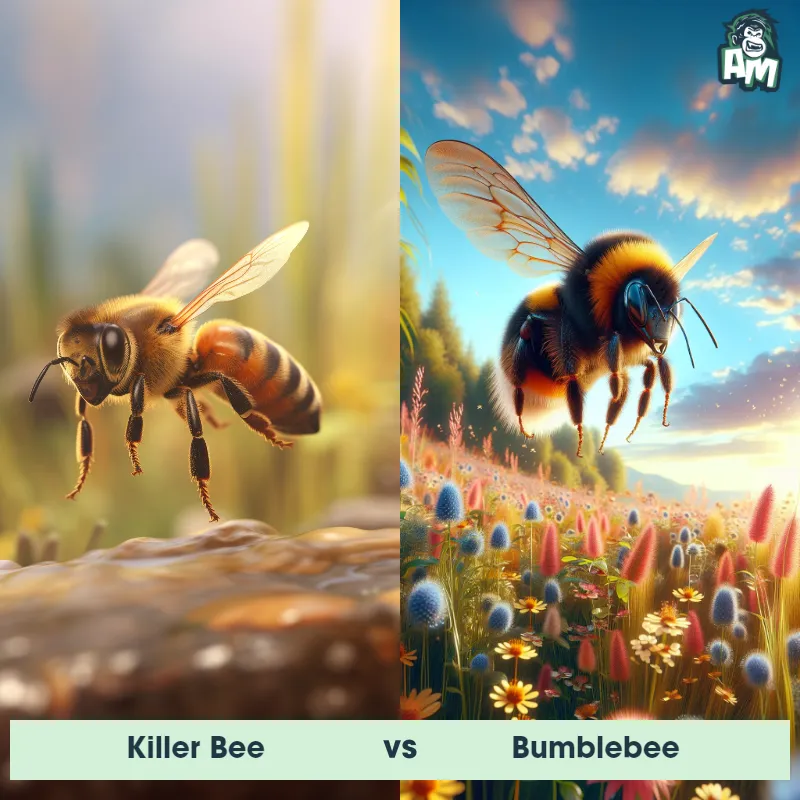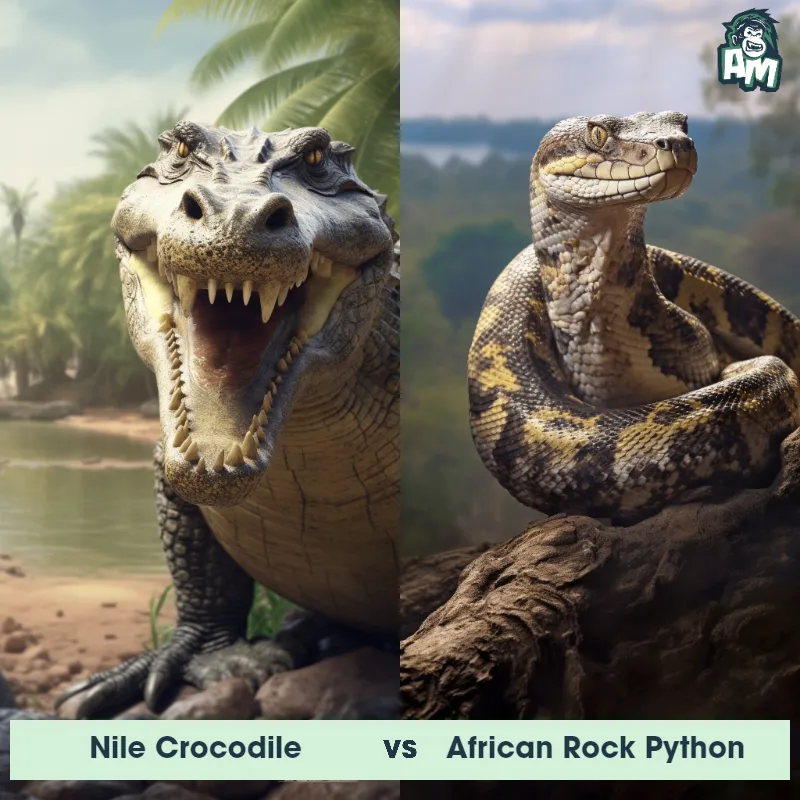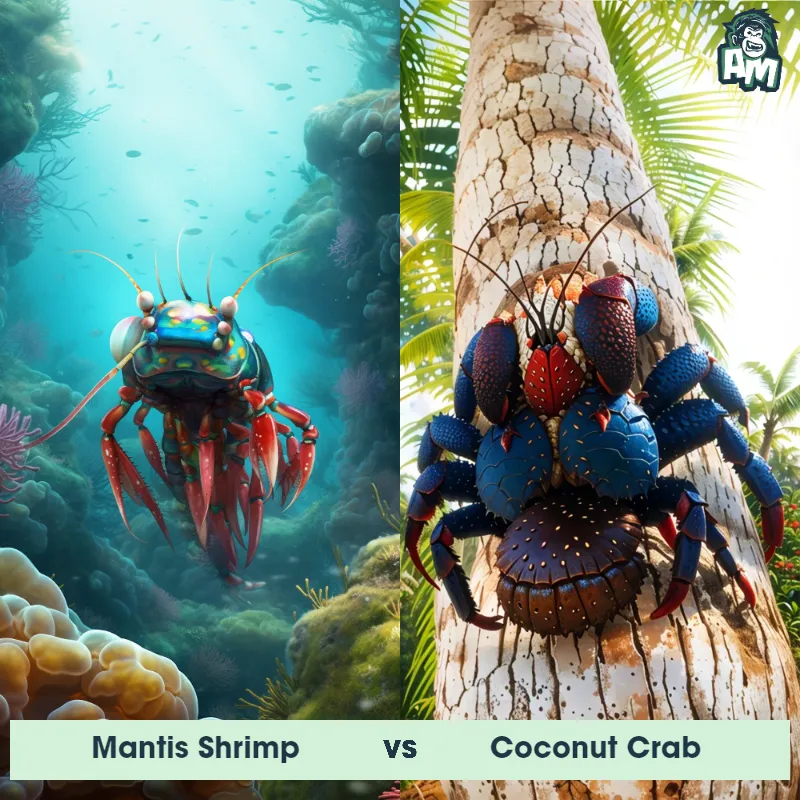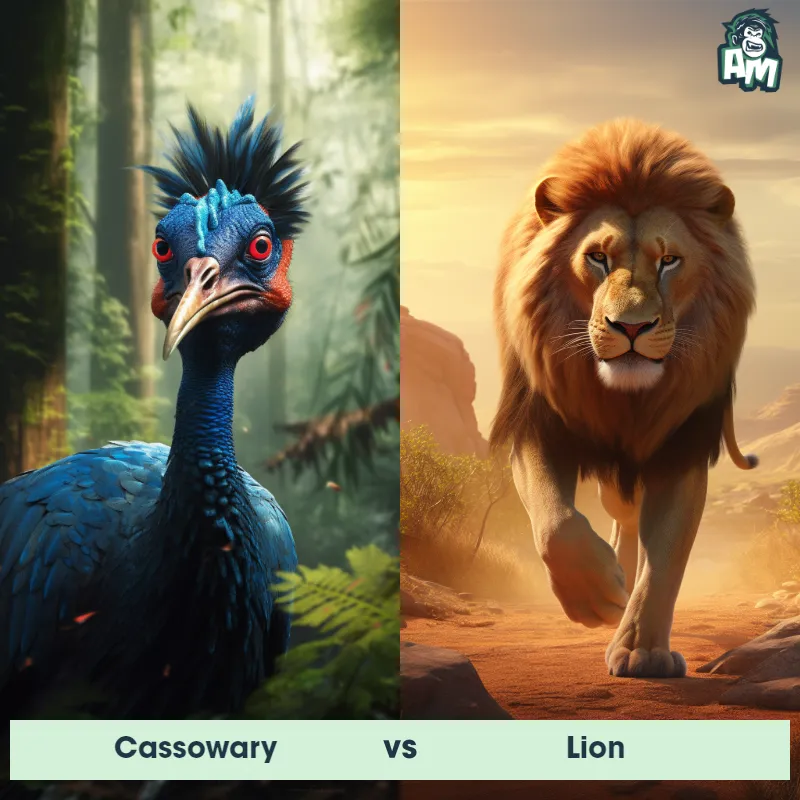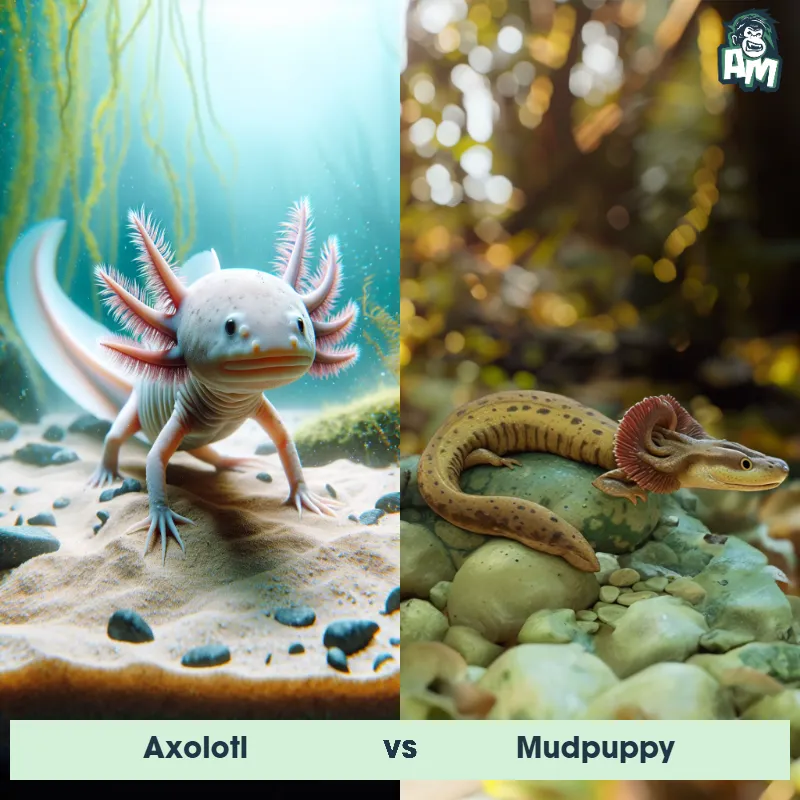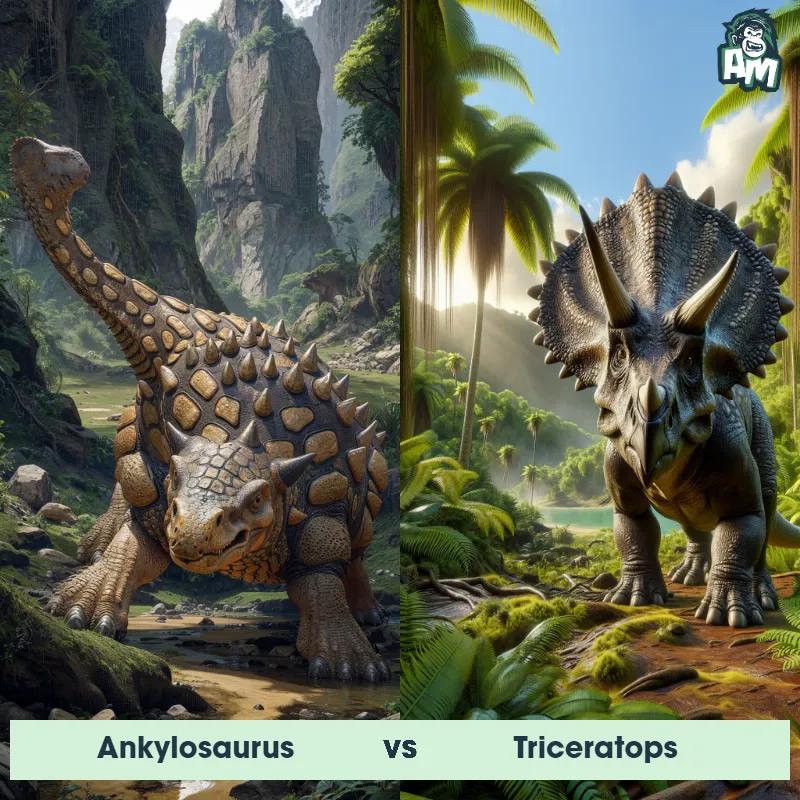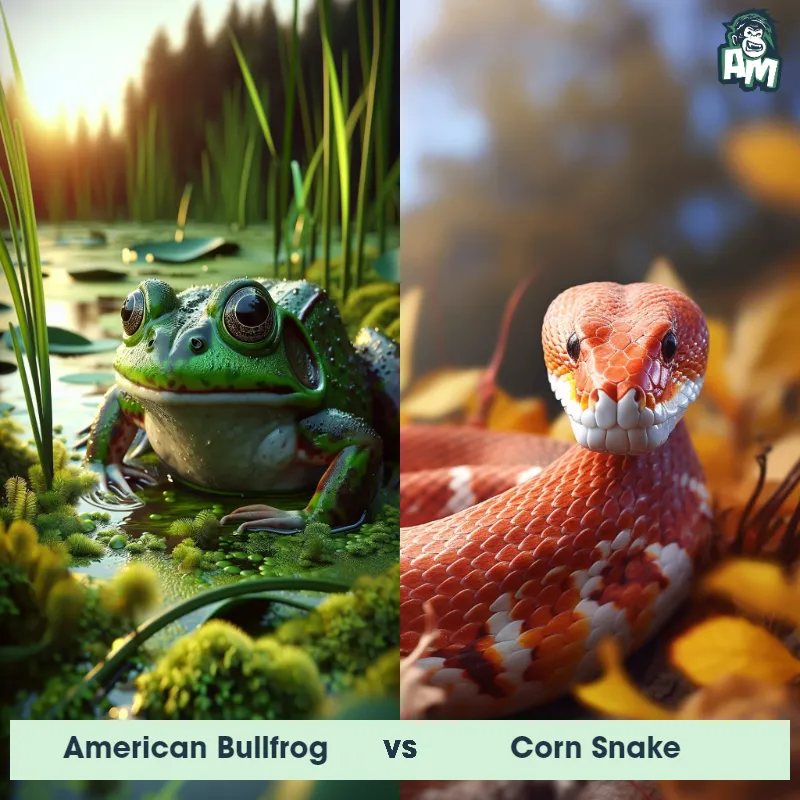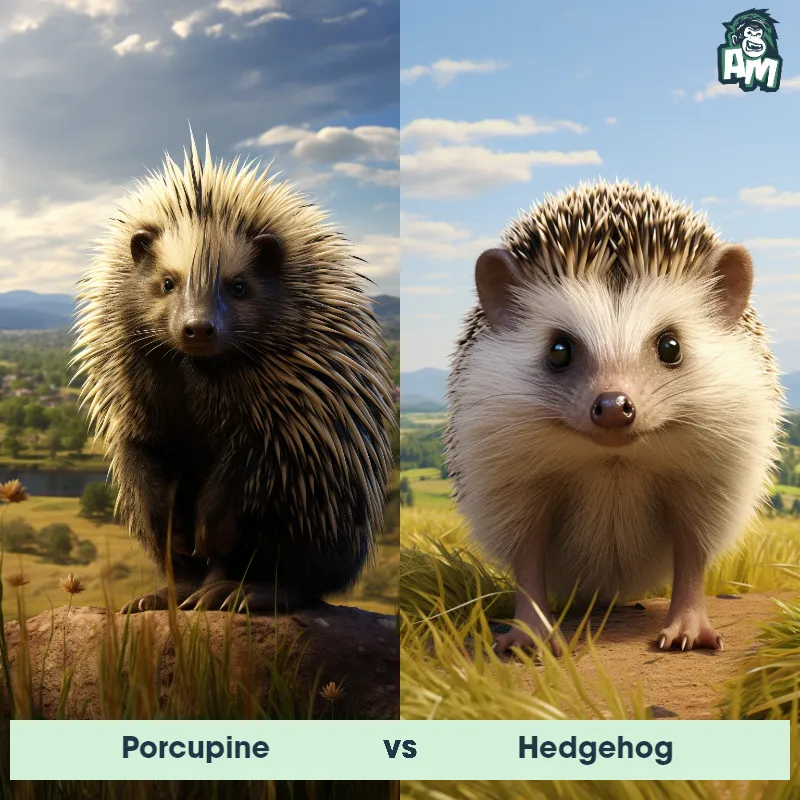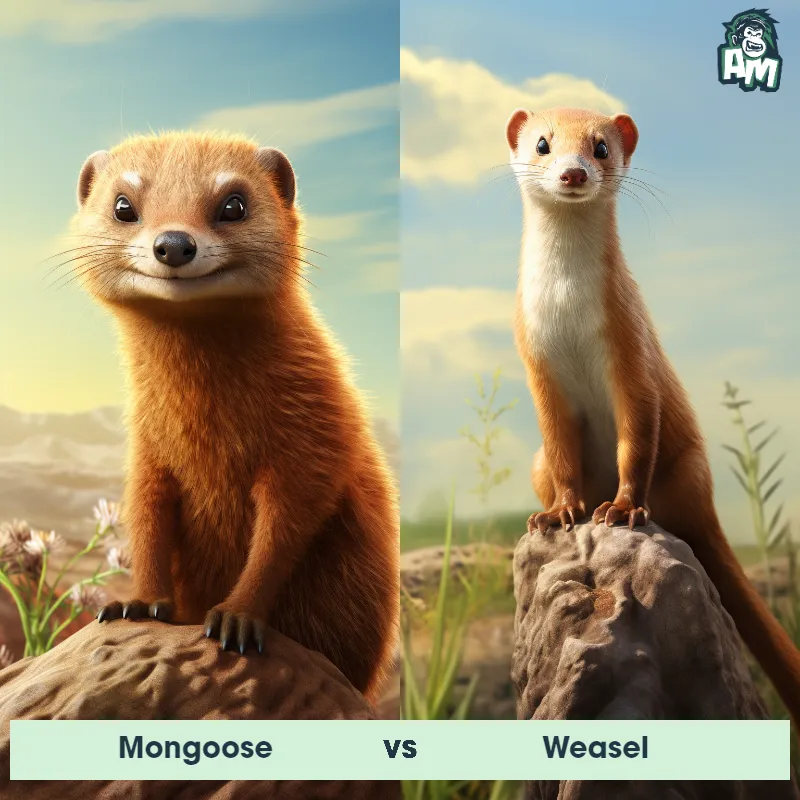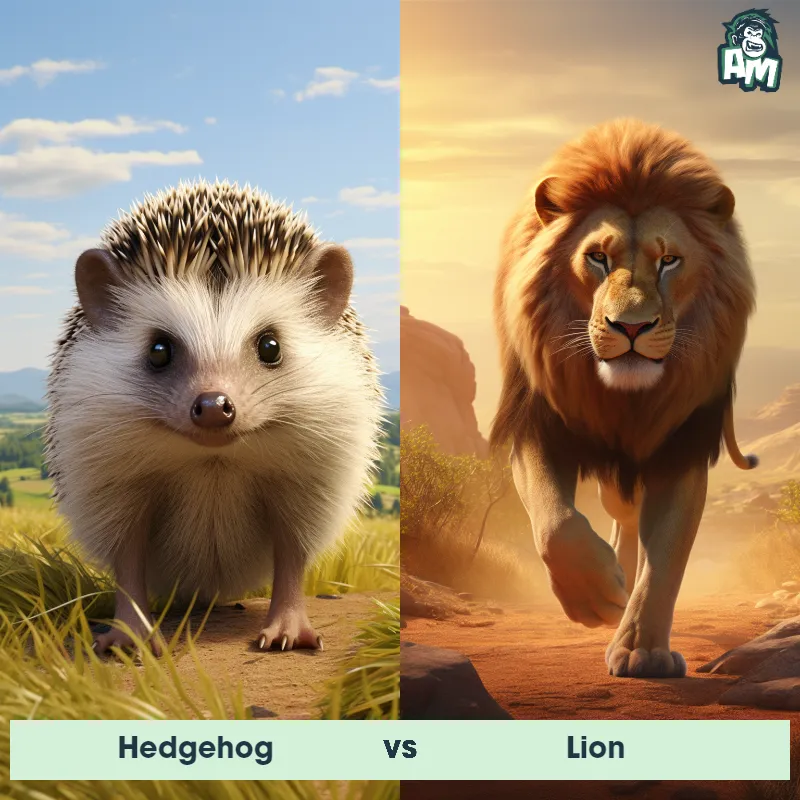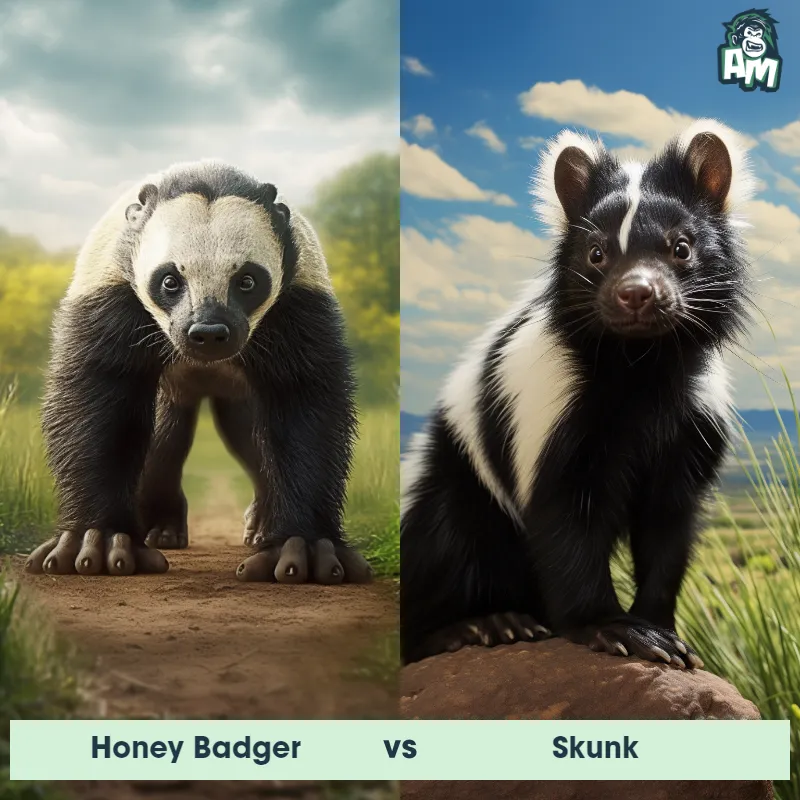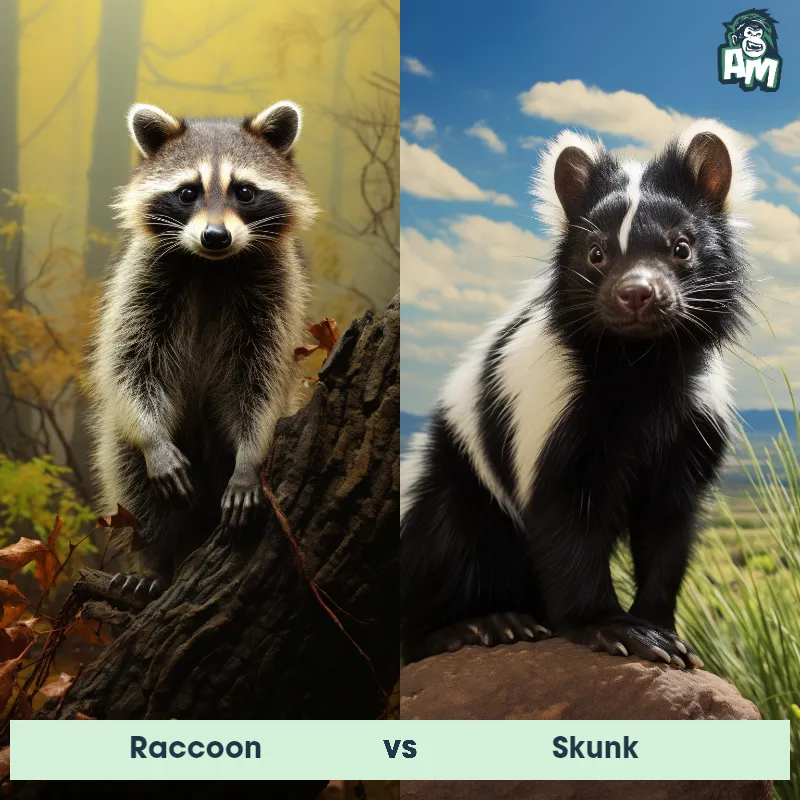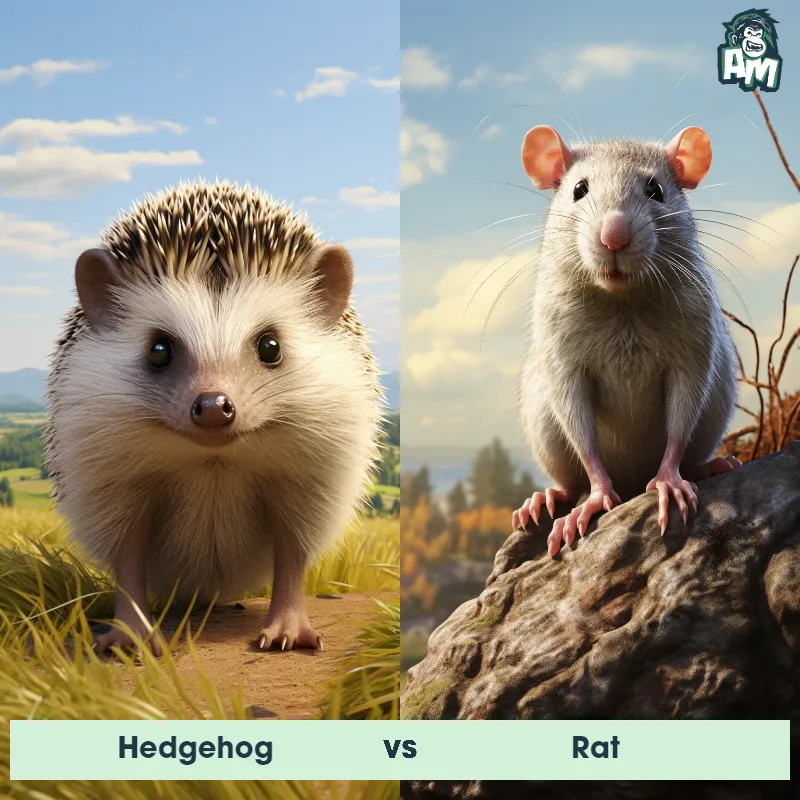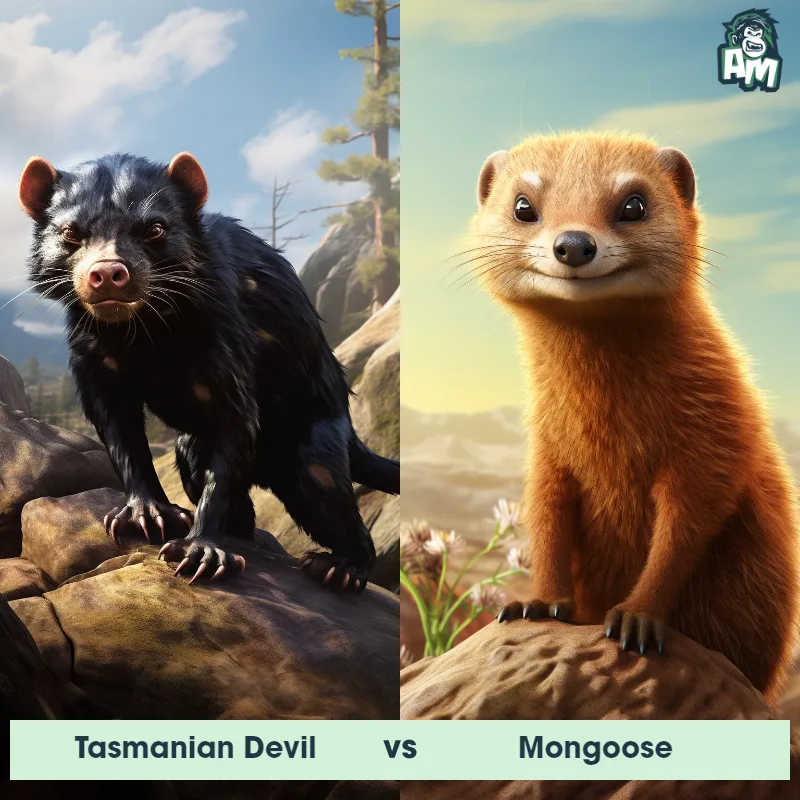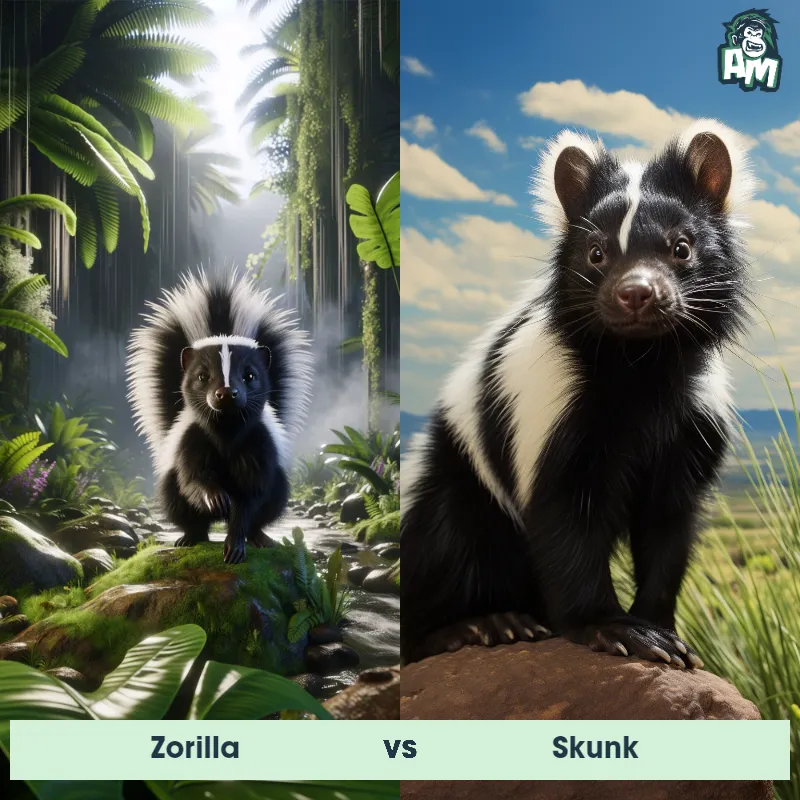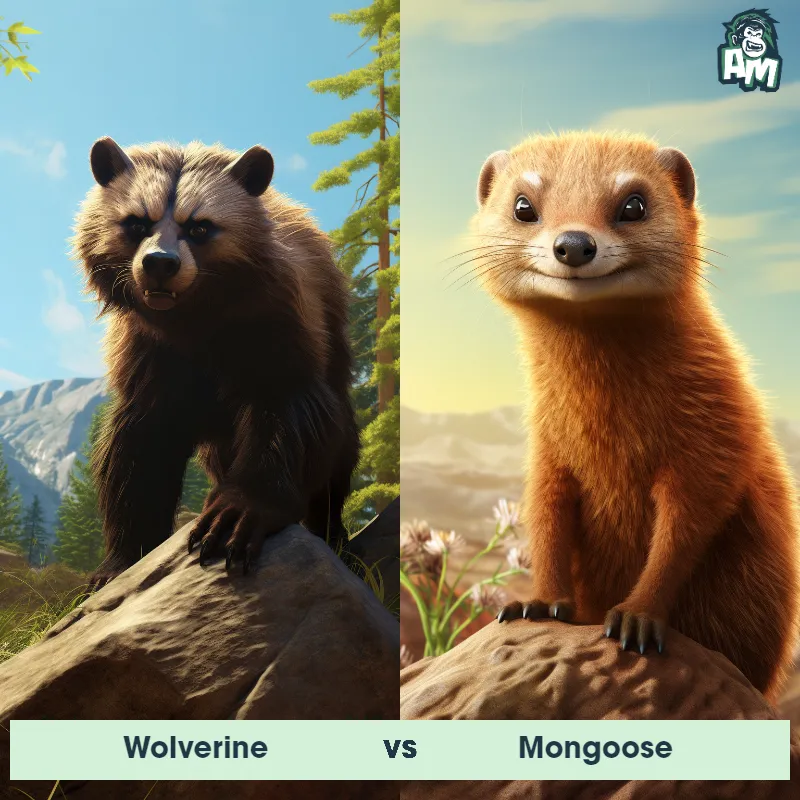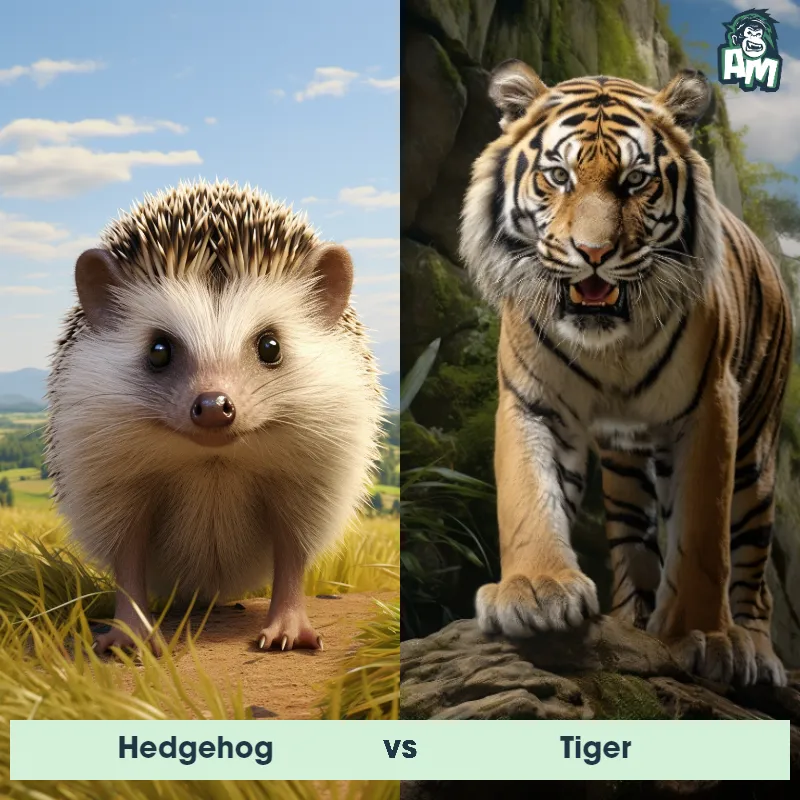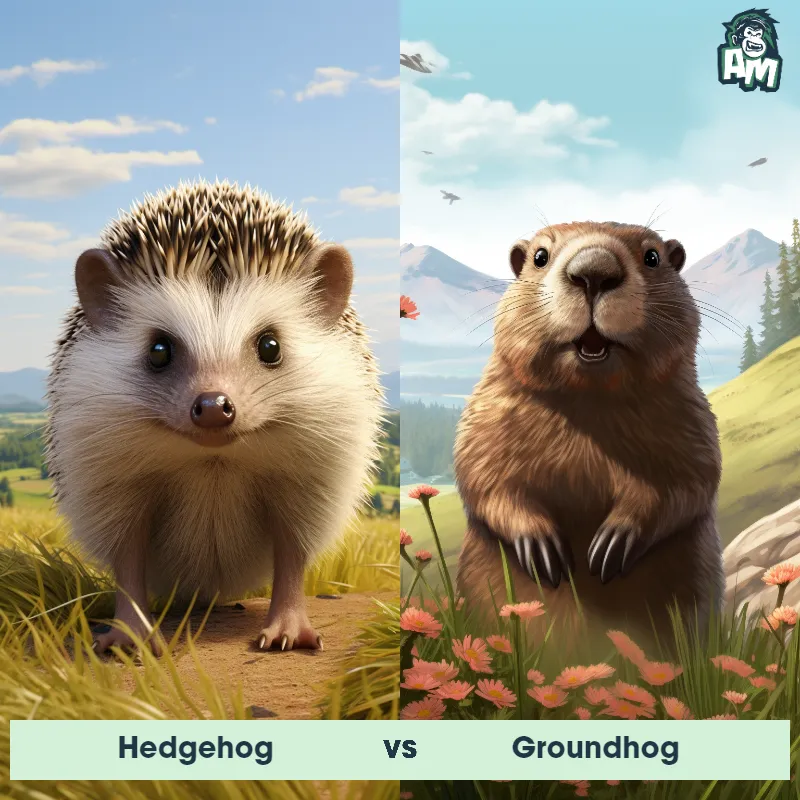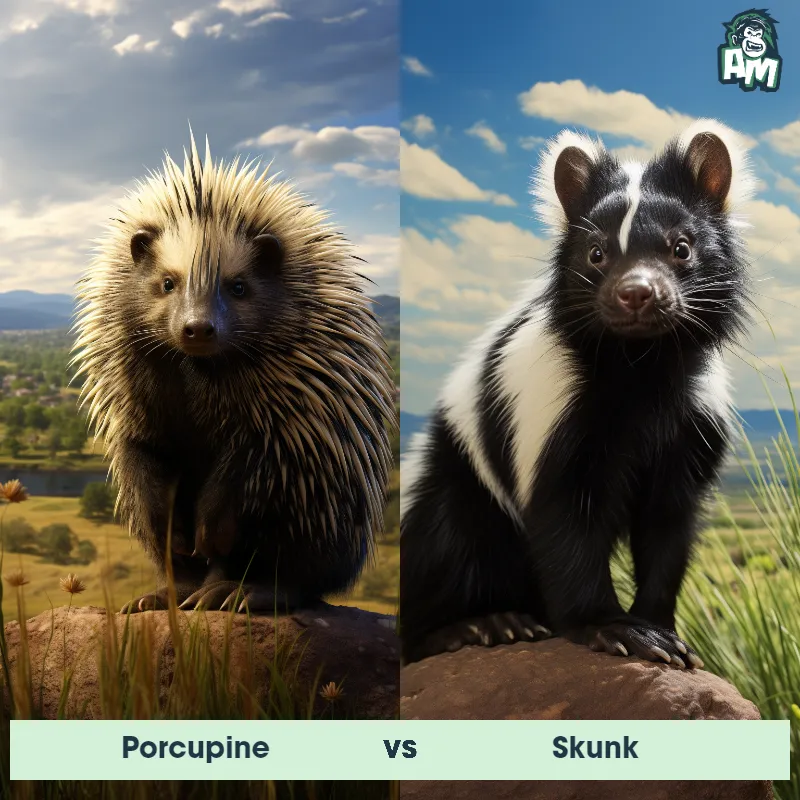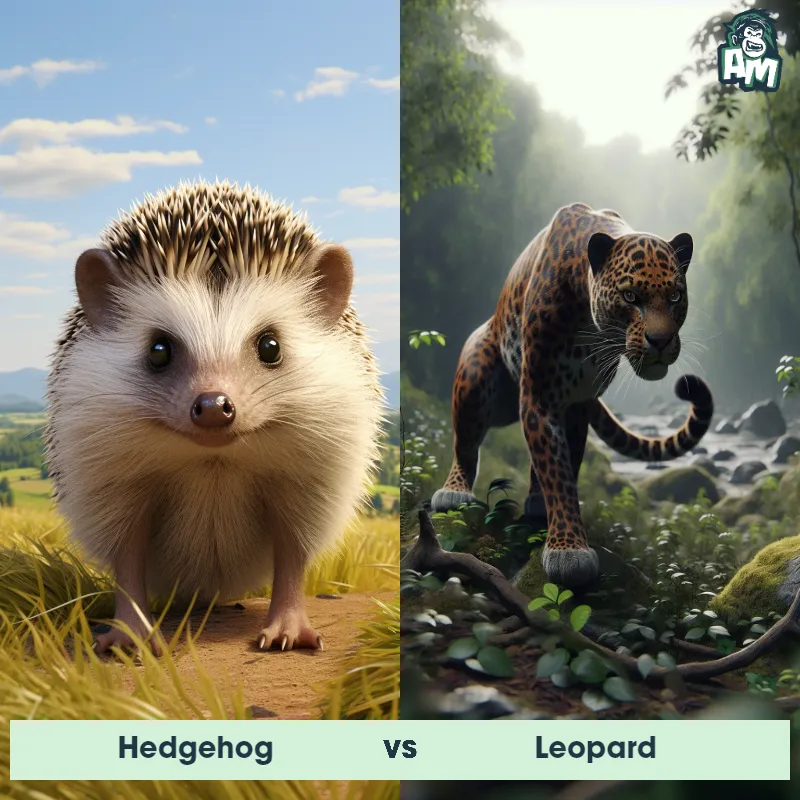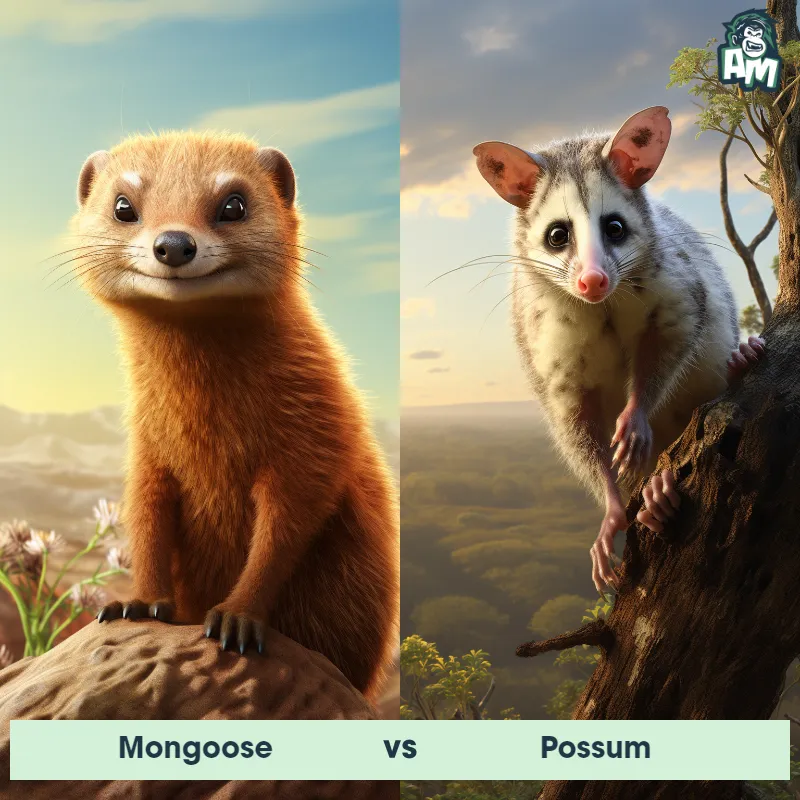Hedgehog vs SkunkSee Who Wins
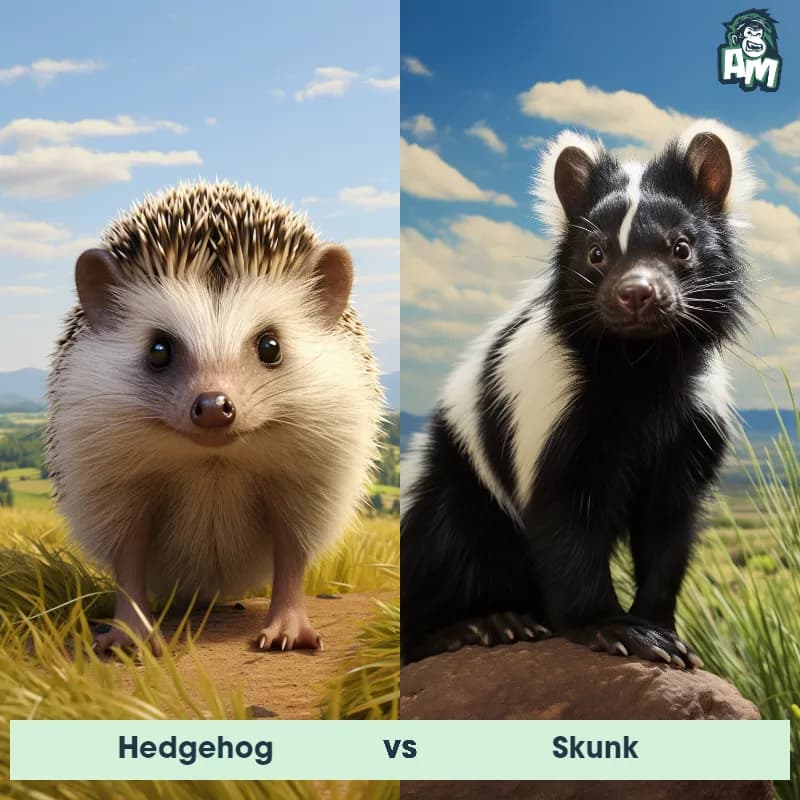
Ladies and gentleman, we find ourselves at the edge of our seats as we witness one of the earth's most unique battle spectacles to date. In one corner, we have the stalwart and sharp-witted Hedgehog, famous for its spiky defense and nimble agility. And in the other, we have the aromatic beast of the night, the Skunk, with its well-known smelly offensive tactics. It's the battle of defense versus offense, calculated moves versus natural ammunition.
Contender 1: Hedgehog
The Hedgehog is a small mammal distinguished by its spiny coat, which it uses as a unique form of defense by rolling into a ball when threatened. Its body is covered with a layer of tough, sharp spines, and its underbelly is soft and fur-covered. These creatures are typically 5 to 12 inches long, with small, bright eyes and pointed snouts that are used for foraging. They are primarily nocturnal and enjoy a diet of insects, worms, snails, frogs, and even small snakes.
Fun Fact: Despite their spiky defense mechanism, Hedgehogs have quite a delicate sense of touch due to long whiskers on their snouts that help them navigate and find food.
Contender 2: Skunk
The skunk is a small to medium-sized mammal best known for its ability to secrete a pungent odor when threatened. Skunks are identifiable by their black fur with a distinctive white stripe that runs down their back and tail. They have a small head, short legs, and a bushy tail. Skunks are omnivores and feed on a varied diet, including insects, small rodents, fruits, and plants.
Fun Fact: Skunks are not as indiscriminate with their spray as people often believe; they can accurately spray their scent at a target up to 10 feet away.
Matchup Stats
| Hedgehog | Skunk | |
|---|---|---|
| Size | 5 to 12 inches (12.7 to 30.48 cm) | 8-19 inches (20-48 cm) |
| Weight | 0.5 to 2.2 lbs (0.23 to 1 kg) | 1.1-14 lbs (0.5-6.3 kg) |
| Speed | 4mph (6km/h) | 10mph (16km/h) |
| Key Strength | Spiny coat used for defense | Ability to spray a pungent odor |
| Biggest Weakness | Soft underbelly | Limited spray range (up to 10 feet) |
Current Votes
Hedgehog vs Skunk
See Who Wins
View More Matches
Looking For More?
Similar Matches
Scientific Stats
| Hedgehog | Skunk | |
|---|---|---|
| Scientific Name | Erinaceinae | Mephitidae |
| Family | Erinaceidae | Carnivora |
| Habitat | Forests, meadows, grasslands, and suburban gardens | Forests, grasslands, and suburban areas |
| Geography | Europe, Asia, Africa, and New Zealand | North and South America |
| Diet | Insects, worms, snails, frogs, and small snakes | Omnivorous (insects, small rodents, fruits, and plants) |
| Lifespan | 3 years - 8 years | 2 years - 10 years |
Key Differences between Hedgehog and Skunk
- Coloration: Hedgehogs typically have a range of colors, including shades of brown, gray, and white, depending on the species. Skunks, on the other hand, have a distinct black coloration with white markings on their bodies.
- Body shape: Hedgehogs have a rounder, more compact body shape, with short legs and a slightly arched back. Skunks have a more elongated body with longer legs and a straight back.
- Tail shape: Hedgehogs have a short, stubby tail that is often hidden beneath their spines. Skunks have a long, bushy tail that is typically held upright and can be used for various purposes such as communication and balance.
- Spines vs. fur: Hedgehogs are covered in sharp spines or quills, which are modified hairs, that provide protection. In contrast, skunks have fur covering their bodies, which is typically black with white stripes or spots.
- Facial features: Hedgehogs have a small, pointed snout and relatively small eyes. Skunks have a more elongated snout and larger eyes in comparison.
- Size: Hedgehogs are generally smaller than skunks, with an average length of 5-12 inches and a weight of 1-2 pounds, while skunks can reach lengths of 20-30 inches and weigh between 4-18 pounds.




